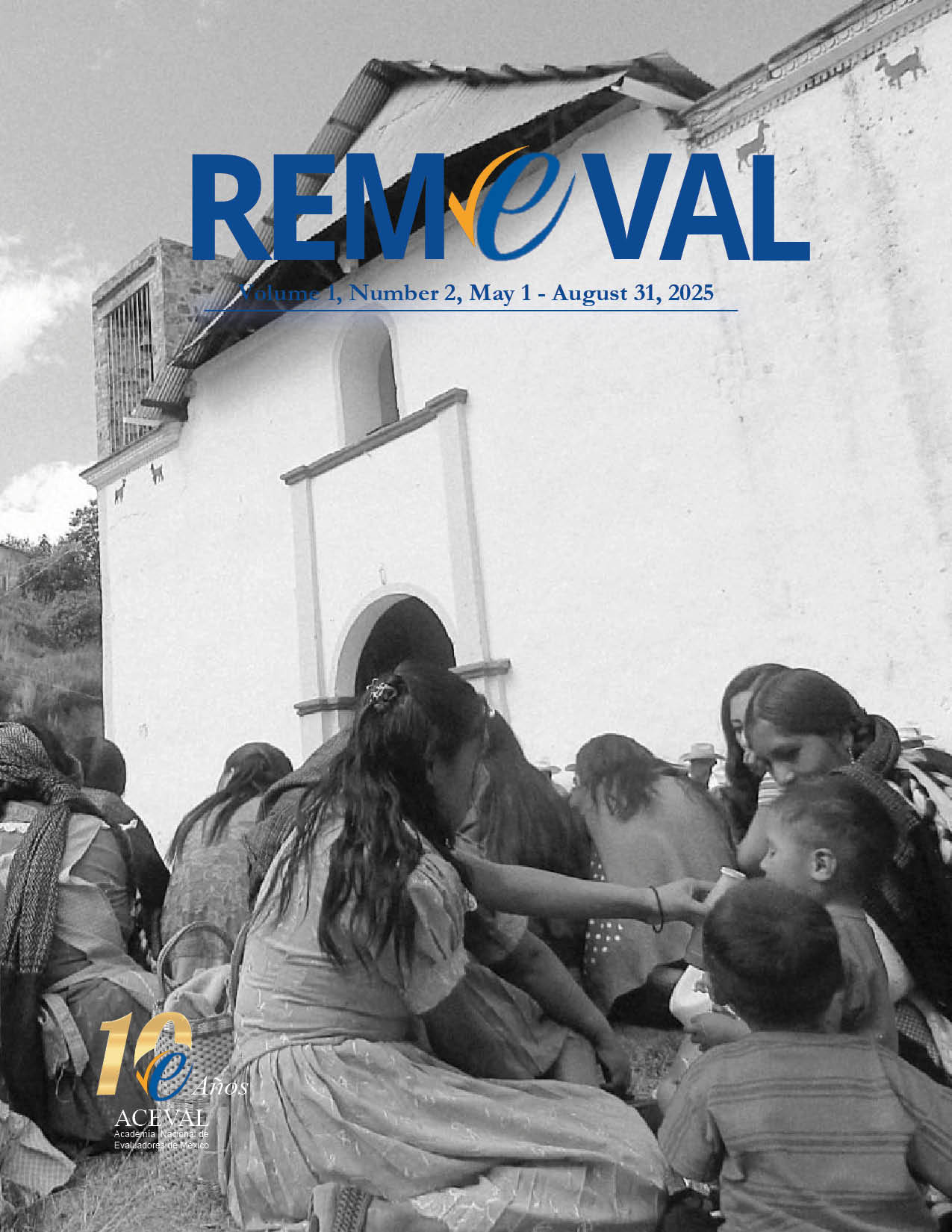HIGH-VALUE CROPS AS A DEVELOPMENT STRATEGY: EVALUATION OF FIG CULTIVATION WITHIN THE FRAMEWORK OF THE SEMBRANDO VIDA PROGRAM
DOI:
https://doi.org/10.63121/dbft7269Keywords:
protected agriculture, differentiated policies, fig, entry strategy, rural development.Abstract
Protected agriculture has established itself as a viable strategic alternative for diversifying peasant production in rural areas. This study evaluated the cultivation of fig (Ficus carica cv. Neza) a high-value fruit, within the framework of the Sembrando Vida program. The objective was to analyze its technical, economic, and institutional viability. The analysis was based on a theoretical framework for public policy evaluation, incorporating the concepts of differentiated policies and entry and exit strategies geared toward the implementation and scaling of productive projects. To this end, a 50 m² pilot module with 60 greenhouse plants was designed at the Chapingo Experimental Field, operated in two staggered cycles per year. Yields of up to 76 t ha⁻¹ were obtained, with soluble solids above 17° Brix and firmness greater than 5 Newtons: meeting export quality standards. The economic analysis projected gross revenues of $14,000.00 MXN per module annually, with net margins of $3,500.00 MXN and a benefit-cost ratio of 1.2. The territorial analysis identified the states of Morelos, Puebla, Hidalgo, and the State of Mexico as highly suitable due to their agroclimatic vocation, levels of marginalization, and the institutional presence of the program. It is concluded that the proposed module is technically viable, economically profitable, and institutionally compatible with the guiding principles of Sembrando Vida, particularly those of food self-sufficiency, environmental regeneration, and social inclusion. Consequently, it is recommended to promote their adoption through modular micro-lots to maximize economic benefits for rural communities and strengthen the national strategy for inclusive rural development.






